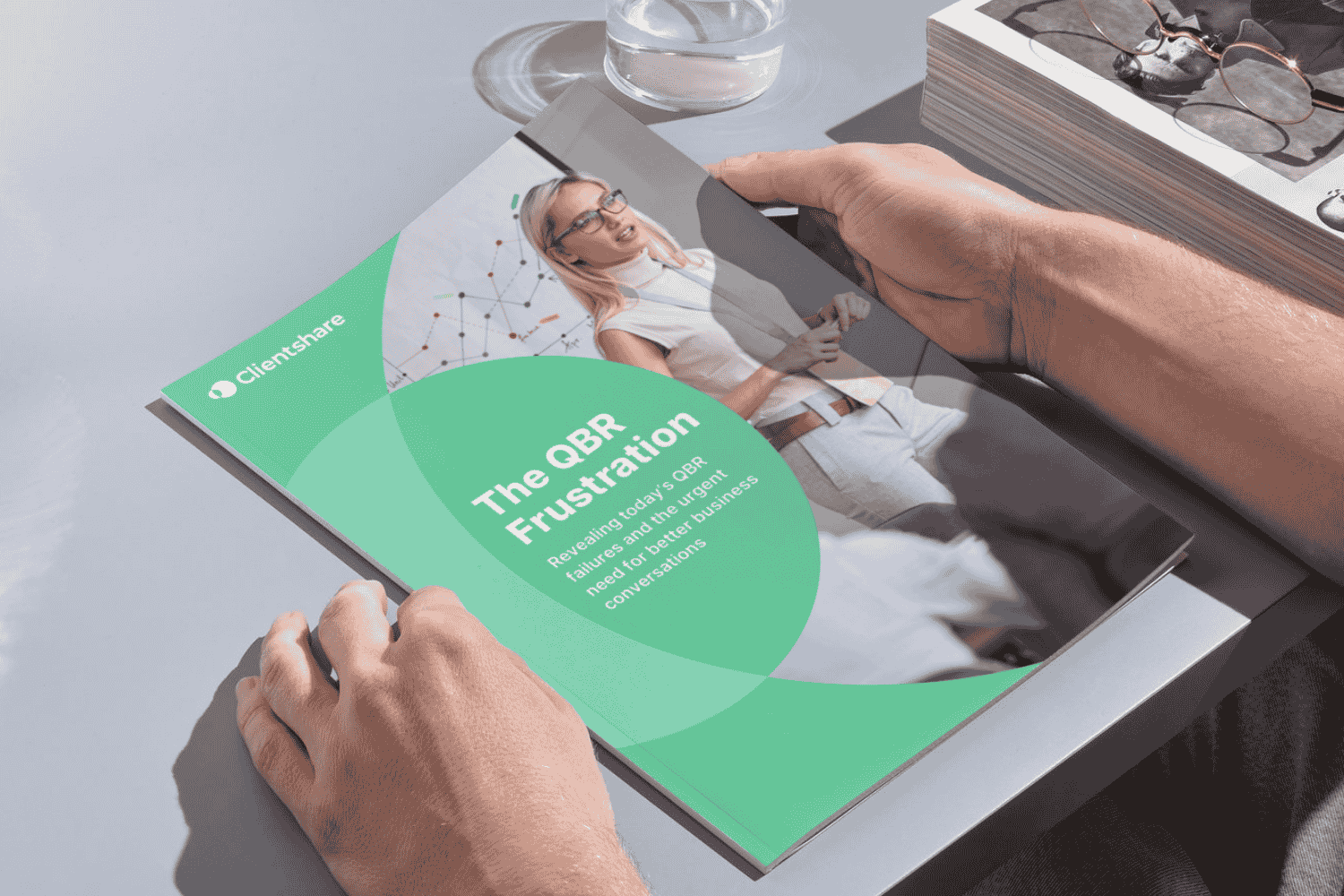
Quarterly Business Reviews (QBRs) are supposed to be a key touchpoint for strengthening customer relationships, driving retention, and identifying growth opportunities. However, for many suppliers, their QBR processes are failing to deliver value, resulting in frustrated buyers, disengaged stakeholders and missed growth opportunities.
Our latest research confirms the scale of the problem:
- 85% of suppliers believe that improving their QBR process would lead to higher retention rates.
- Buyers increasingly find QBRs time-consuming and unhelpful, leading senior stakeholders to deprioritise attendance.
- Suppliers admit they are struggling to meet buyer expectations, with excessive time spent preparing content that often goes unused.
Current QBRs are a cycle of inefficiency
The current QBR model is broken. Suppliers are spending significant time preparing reports that are often backward-looking and data-heavy. These meetings focus too much on metrics and SLAs, while neglecting forward-thinking discussions on innovation and value. Additionally, there is a widespread failure to track and action key meeting outcomes effectively.
This inefficiency is taking its toll. Without a clear focus on strategic value, QBRs risk becoming a mere formality - one that buyers see little reason to engage with.

Make your QBRs strategic conversations
To turn things around, suppliers need to reframe QBRs as collaborative discussions focused on strategic priorities. QBRs should provide a structured forum for buyers and suppliers to:
- Align on key business objectives.
- Showcase how supplier services contribute to those objectives.
- Identify opportunities for innovation and value expansion.
By shifting towards strategic conversations, suppliers can gain a deeper understanding of their buyers’ needs. This allows them to tailor discussions, making QBRs more engaging, relevant and valuable for both parties.
Embrace a more structured approach to QBRs
To support this shift, suppliers must introduce a more consistent and structured QBR process. This includes:
- Implementing new frameworks for capturing and tracking meeting actions.
- Standardising QBR formats to ensure consistent value delivery across customers.
- Prioritising innovation, future opportunities and strategic alignment over excessive reporting on past performance.
- Leveraging technology to provide visibility into meeting content, feedback, and impact.
Leaders who embrace this approach can track the effectiveness of their QBRs, uncover new upsell opportunities, and strengthen relationships with key stakeholders.

Final thoughts
The evidence is clear, QBRs, when done right, can be a game-changer for customer success, retention and revenue growth. But too many suppliers are falling short by failing to align with buyer expectations.
By adopting a more strategic, structured approach, suppliers can transform QBRs into high-value conversations that drive long-term success.
Read more:




